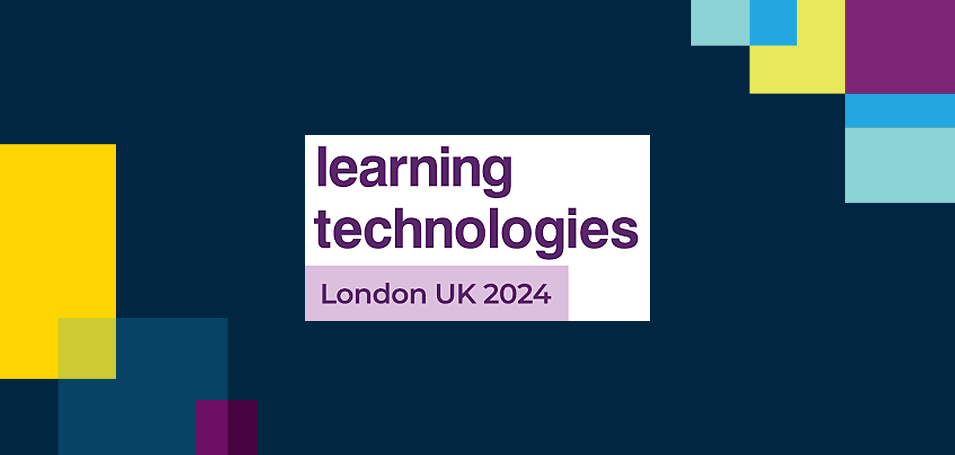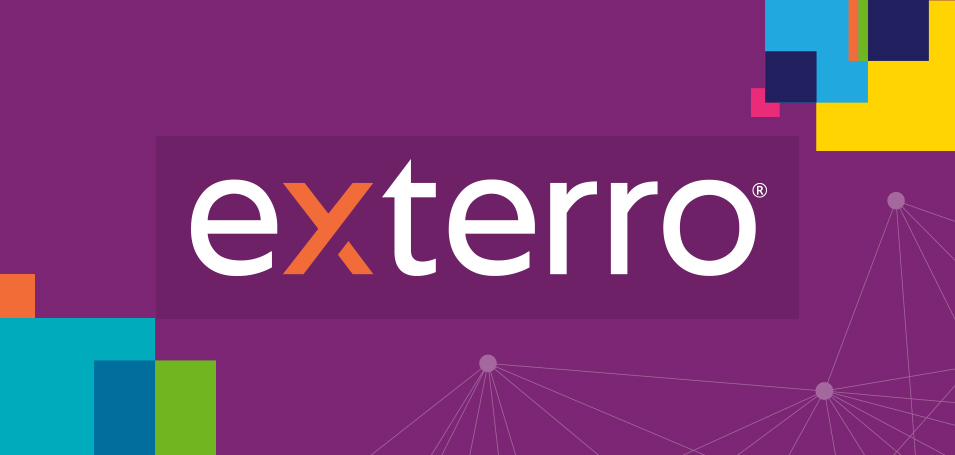It’s possible that your organizational culture tends toward building or assembling the solutions versus buying the software you need to run your operations.
After all, you probably have plenty of people on staff or contract who are adept at programming their way out of just about any technical challenge.
And so it is with customer training: You may find yourself asking, should you just build the learning management system (LMS) needed to manage customer training or should you buy it?
An LMS for customer education
It’s possible that you have already developed or adopted tools to oversee a few aspects of customer support. This might include training — for example, a knowledge base where you stash content and make it available as a self-service; a conferencing service for delivering online coaching; and a chat tool for providing customer support on the fly.
Why would you even need an LMS when you already have those capabilities? For a couple of reasons:
1. Only a full-fledged LMS provides the complete orchestration for tracking and guiding the customer through the onboarding process and beyond.
That includes sending individual users along the right learning pathways to help them get up to speed quickly on your product and how to use it. The goal is to accelerate their time to value from your software to increase customer success. Handling the details for accomplishing that manually is time-consuming and unscalable.
2. Your competitors are already handling the management of customer training in more sophisticated ways than you are
Customers are savvy about these aspects of product selection. Given the choice of a haphazard approach to training and a streamlined program that appears tailor-made to their needs, which product would they gravitate toward?
What do you need from the LMS to power customer training?
The well-designed LMS offers advanced tools aimed at increasing user engagement during learning, which has three benefits:
- Motivating learners to complete the course, internalize and put the training to everyday use;
- Increasing learner satisfaction and ease of use; and
- Changing learning from an event (three days away from the office) to a process (continual feeds on a regular basis), which increases consumption.
The LMS tools you’ll need to get the job done
For customer education, the tools that should be resident on the LMS include (but aren’t limited to):
- Learning paths, or the customer’s roadmap to knowledge, achievement and advancement.
- In-app widgets, which are applications embedded in other applications, giving learners instant access to notifications, information about courses, learning paths, etc.
- Gamification is the use of gaming elements, such as badging, milestones, leaderboards, etc., to incentivize learners.
- Integrated content authoring, enabling you to create course content, video and audio, quiz questions, gamification scoring, simulations, animations, and other types of learning materials.
- Data analytics for capturing details about delivery, user engagement and consumption of training.
- Reporting to keep learners, their organizations and your company informed of training progress.
- Communication strategy. This is your marketing strategy for communicating with your learners to expand and deepen learner engagement and connect them to your company beyond the original transaction.
For extra discussion, please reference: 5 Tools to Improve Learner Engagement.
The cost of developing an LMS for customer training
If your organization needs an LMS with the advances and tools just discussed, developing that program is going to require a great deal of staff, money and time.
To handle things like reporting, a modern user experience and frequent updates and enhancements, your organization will need to negotiate contracts and then dedicate staff to managing those tools and accounts.
These kinds of costs can add up. Here are some things to consider about building before you forgo the idea of buying:
- Hosting: The ability for learners to access online content anywhere at any time. Just like your corporate website and SaaS products, you’ll need to pay hosting fees for your online learning environment to live on a server. Other hosting costs to consider include video and large file hosting.
- Authoring: Third-party authoring tools can be costly to integrate. Not only must you port the new content into your learning environment, there’s always a delay and frequently, mistakes are made. You must also consider the costs of curating and updating courses.
- Design: Once you have your online learning framework, process and subject matter experts in place, you will need to hire curriculum or instructional designers.
- Reporting: Setting up the right reporting for each level of use — the end user, his or her manager, their company and you as the training provider — can be a boon or a burden. You’ll want to make sure these third-party tools are accurate and integrated to provide real-time information as everybody tracks and analyzes performance at their various levels of interest.
- Development, fine-tuning and agility: This is likely to be one of your biggest ongoing expenses. Carefully estimate your IT and development resource requirements and costs from the onset, through implementation and growth
The advantages of building over buying
Yes, in spite of the expense and effort required, there are reasons why you might decide to build your own LMS. Those include:
- Specific training management needs that no other company has. When you buy an LMS, you’re getting the combined wisdom of every customer who has ever provided feedback to the LMS company, which has used that feedback to improve the product. If you produce a completely unique program unlike anything else, that collective wisdom may not serve your purposes.
- You gain complete control over the learning experience. When you buy software that’s already built and ready to implement, the application can be configured and customized to some extent, but it could also force you to change how you operate (usually for the better). If any level of compromise isn’t your cup of tea, then build your own LMS.
The advantages of buying over building
Buying your LMS delivers several advantages over building:
- A faster time to market. Whether it’s your first customer or your thousandth, the expectations will be there for you to provide training immediately. By having an LMS in place, you start off on the right foot from the moment the contract is signed.
- The product is proven. Everybody who has used the LMS before you has fed into a continuous cycle of improvement. By the time your company has adopted the program, the kinks have been worked out and you don’t have to waste time discovering them.
- The tools you need are built in. When you choose the right LMS, you know you’ll get the many functions needed to deliver a modern user experience to your customers.
You may be in the business of developing software, but that doesn’t limit you to only using the software you’ve created yourself. Your organization can’t specialize in everything, of course. So, you choose experts in other fields to help you manage those aspects of your business — accounting, marketing, legal and so on. Managing the many details of helping you train your customers is also best left to the experts.
As you start to weigh your options, it’s important to think carefully about the budget, timing, business goals and resources you can allocate towards your LMS project.
With very few exceptions, the time, money, and headaches you’ll save by selecting an off-the-shelf or custom learning solution is much preferable to the cost of building an LMS from scratch.




